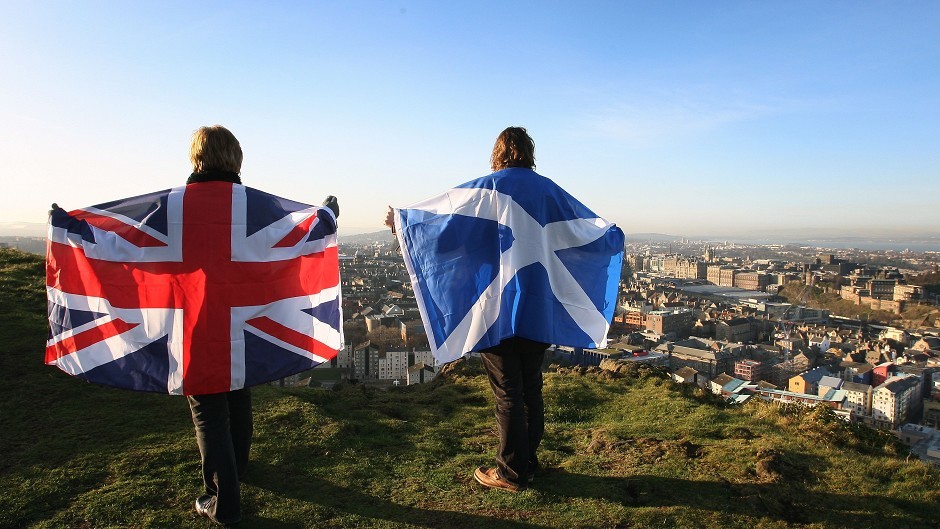A row has broken out over a report which challenges claims that Scotland is one of the richest nations in the developed world.
The study produced by professors Jo Armstrong and John McLaren of Glasgow University concluded that the country was a middle-ranking economy with high levels of foreign ownership.
This means a significant amount of wealth from industries such as oil and whisky is exported, say the authors.
According to the study, the level of outside ownership means Scotland’s actual income is as much as £2,990 less per head than the sum claimed by the SNP.
It uses a measure for Gross National Income (GNI) that puts Scotland 20th among the 34 countries in the OECD (Organisation for Economic Co-operation and Development) group of developed nations, behind Ireland, Denmark and Japan.
Alex Salmond’s argument that Scotland’s gross domestic product (GDP) places the country 14th in the OECD is a key feature of the case for a Yes vote.
Shadow business minister Ian Murray MP accused the SNP of “fiddling the figures”.
“Scotland’s key industries succeed because we are part of the larger UK,” he said.
“Having barrier-free access to a single market of over 63million people across the UK, instead of just 5million people in Scotland, is vital for jobs.”
But Gordon MacIntyre-Kemp of the pro-independence group Business for Scotland, insisted the nation was one of the world’s wealthiest countries.
“There is already support to improve business start-up rates in Scotland and to have greater ownership of output in the future,” he added.
A spokesman for the Scottish Government said it favoured the GDP per capita measurement because is was the most commonly-used and accepted measure of relative economic strength.
“The suggestion that because not all of Scotland’s huge wealth is evenly distributed within Scotland itself is an argument against independence couldn’t be more wrong,” he added.
“It is actually an argument for independence.”
